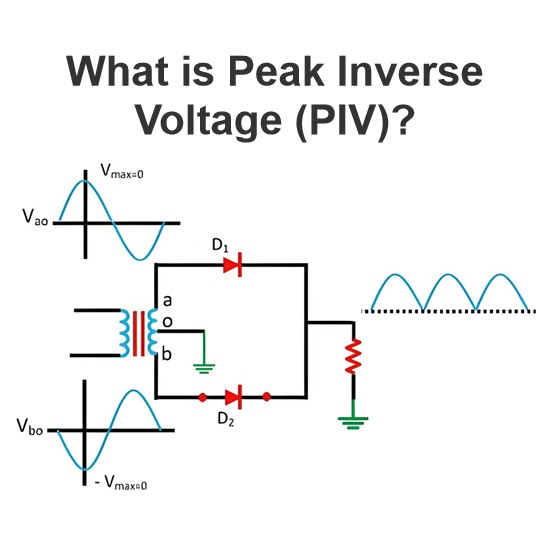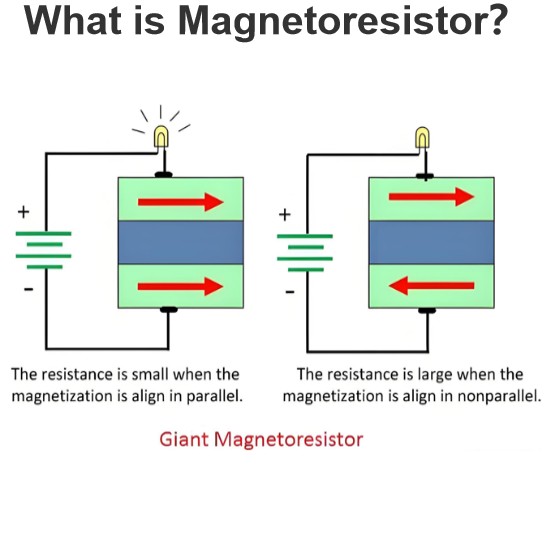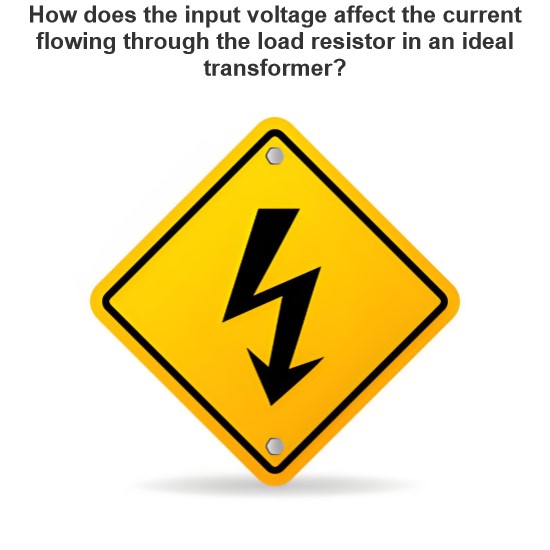Manpower required for the operation of medium voltage distribution network
Distribution network scale
Line length and coverage: The longer the lines of the medium voltage distribution network and the larger the geographical area covered, the greater the workload of inspection, maintenance and troubleshooting required, and correspondingly more manpower is required. For example, if the total length of a city's medium-voltage distribution network reaches thousands of kilometers, covering multiple administrative districts, it may require dozens or even hundreds of workers to ensure its normal operation.
The number of equipment: including transformers, switches, circuit breakers and other equipment, the more the installation, commissioning, operation monitoring and maintenance of the equipment required manpower. For example, a medium-voltage distribution network with hundreds of transformers may require a dedicated team of technicians to perform regular inspection and maintenance.
Degree of automation
Intelligent monitoring and control system: If the distribution network is equipped with an advanced intelligent monitoring system, which can monitor the operating status of lines and equipment in real time, automatically diagnose faults and issue alarms, then the need for manual inspection can be reduced. For example, through the remote monitoring system, the operator can understand the operation of the distribution network in real time in the control center, find problems in time and take measures, which can reduce the number of on-site inspection personnel.
Automatic switchgear: Switchgear with automatic opening and closing function can quickly isolate the fault area in the event of a fault, restore power to the non-fault area, and reduce the time and risk of manual operation. The higher the degree of automation, the less manpower is required.
Power supply reliability requirements
Important users and sensitive loads:If the medium voltage distribution network supplies power to important users such as hospitals, data centers, and important industrial enterprises, the requirements for power supply reliability are very high. This may require increasing manpower to carry out key guarantees, such as strengthening the frequency of inspection and equipping emergency repair teams. For example, a medium-voltage distribution network that supplies power to a large hospital may require dedicated staff on duty to be ready for emergencies and ensure uninterrupted power supply to the hospital.
Failure response time: The shorter the required failure response time, the more manpower is required. For example, if power is restored within half an hour of a failure, adequate emergency personnel and equipment need to be on standby to deal with the failure quickly.
Management mode and work efficiency
Personnel skills and training: Staff with higher skill levels and more experience can perform tasks more efficiently, thus reducing manpower requirements. For example, professionally trained technicians can be responsible for the maintenance and troubleshooting of multiple devices at the same time, improving work efficiency.
Outsourcing and collaboration:Part of the work can be completed by outsourcing to professional service companies or collaborating with other units, which can reduce their manpower input to a certain extent. For example, outsourcing line inspection work to a professional inspection company can save internal labor costs.
Sum up
The manpower required for the operation of a medium-voltage distribution network may range from a dozen to a hundred people, depending on the scale of the distribution network, the degree of automation, the reliability requirements of the power supply, and the management mode. In the actual situation, the power enterprises usually carry out reasonable personnel allocation according to the specific situation to ensure the safe and reliable operation of the medium voltage distribution network.
The Electricity Encyclopedia is dedicated to accelerating the dissemination and application of electricity knowledge and adding impetus to the development and innovation of the electricity industry.













